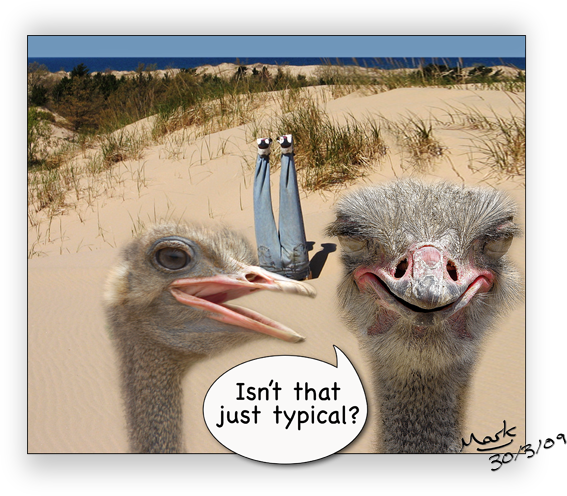
Sexual orientation refers to an enduring pattern of emotional, romantic, and/ or sexual attractions to men, women or both sexes. Sexual orientation also refers to a person’s sense of identity based on those attractions, related behaviours, and membership in a community of others who share those attractions.
Homosexuality is one where a person is erotically attracted to those of the same sex. He or she may or may not be sexually intimate with another of the same sex; and may or may not identify as gay/lesbian, homosexual queer or other.
Sexual orientation is a multifaceted category. We will discuss three axis of Homosexuality:
1. Feelings (desire) of Attraction/ Persistent Orientation – Erotic attraction to same sex. This may be persistent and consistent or be fluid, with a person moving from desire for sexual intimacy with a person of the same sex to a desire for the other and then maybe something g in-between-desiring sex with both.
2. Behaviour – Sexual behaviour that involves same sex. This is the physical act of sexual intimacy (not just genital contact). A person chooses to live out his/her desire in same sex behaviour.
3. Identity (Who am I?) the act of labelling oneself as gay (as well as other identity labels including straight, bi, bi-curious, lesbian, queer, questioning, curious, other, and so on). This act of labelling is both public (how others view the person) and private (how the person views him or herself). This too is an act of choice. A response to a search for self-identity and community
For example: A person may start off with experimenting with same and other sex sexually intimate behaviour, not identifying as a lesbian or gay; and feeling a pull of desire that passes after a while. The person then moves into a heterosexual relationship. Sometimes he/she may occasionally experiment with same sex activity – but not outwardly confess to same sex attraction or identity as gay/lesbian/queer.
A 2011 study[1] (with >50,000 males and females between 15 and 44 years old in a national representative sample); reported on sexual behaviour, sexual attraction, and sexual identity in the United States, reported that:
- When asked about same sex attraction (ssa); 1.5% of female & 1.9% males identified as only ssa or mostly ssa.
- However 12.5% of females and 5.2% of males reported positive to ‘any experience of same sex behaviour’.
- When it came to sexual identity: 1.1% of females and 0.7% identified as homosexual and 3.5% of females and 1.1% of males as bisexual.
Further, among those men and women who self-identify as heterosexual, 9% of women and 3.2% of men have ‘ever had’ same-sex sexual experience. Conversely, among those who report themselves as homosexual or bisexual, 15% of women and 12% of men have never had same-sex sexual experience.
All this lends an interesting twist to what is meant by homosexuality.
[1] Chandra A, Mosher WD, Copen C, Sionean C. (2011)Sexual behavior, sexual attraction, and sexual identity in the United States: Data from the 2006–2008 National Survey of Family Growth. National health statistics reports; no 36. Hyattsville, MD: National Center for Health Statistics.
Downloaded on 20th September 2013 from: http://www.cdc.gov/nchs/data/nhsr/nhsr036.pdf



Recent Comments